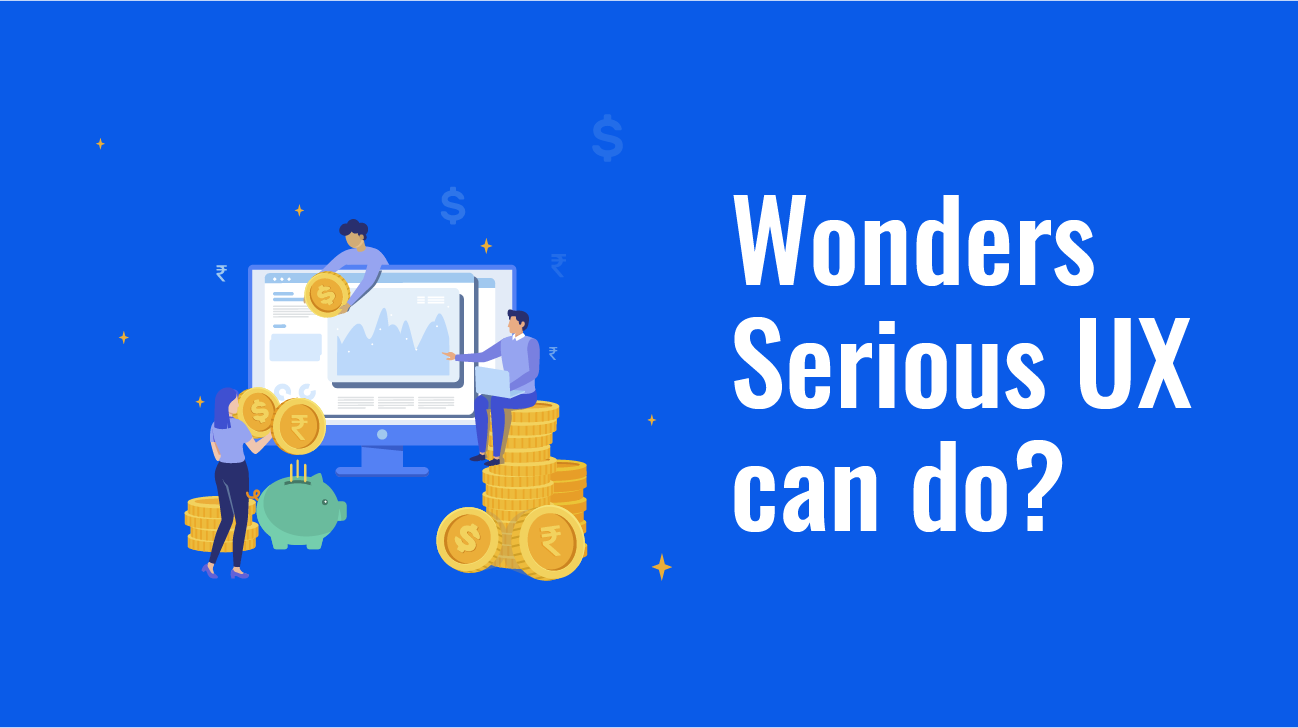This article was originally shared on - https://www.yujdesigns.com/holistic-service-design-a-case-study/
An introduction to SCM
An introduction to SCM
Understanding the pain areas and challenges
Supply chain management (SCM) is the management of the flow of goods and services. Supply chain starts with the delivery of raw materials from a supplier to a manufacturer and ends with the delivery of the finished product or service to the end consumer. Planning a trip of delivery is easy but revenue recovery challenge starts when the trip ends.
As system thinkers, we investigated all touch points and identified critical gaps in processes, technology, roles and communication. We concluded the entire process had a lot of friction points, especially in collecting and verifying the proof of delivery (POD), negotiating charges and generating invoices. A major issue in the current product was delay in completing the tasks due to numerous action items. Important actions would be hidden among other recently added items. Delays in delivering invoices was another problem.
We proposed to redesign the digital UX for the client and also provide them practical ideas across processes, people and communication problems. The main objective of redesigning the application was to plug the leaks in revenue collection.
The Solution
How we did it
We redesigned the application to allow for visibility and focus on the most important tasks. We made the charge negotiation process easy by increasing transparency among team members on the agreed charges and simplifying the charges interactions while providing an overall view of total charges. We also redesigned invoice acceptance and delivery confirmation pages.
The colour palette was revamped to support these goals while reinforcing the brand identity. We redesigned the existing Proof of Delivery(POD) form by grouping relevant fields together, which cut down the chances of error and guide the external users to fill the details properly.
Business Benefits
UX: The backbone of business conversions
Providing user experience is not just about providing useful information in an engaging and pleasing way. It is the best solution to embrace when looking for long-term business growth and success. Here are some of the benefits of the serious UX we delivered.
- We eliminated delays
- The redesigned application had a direct positive impact on revenue recovery.
- The application helped to track fleets and obtain real time information on movement.
- It considerably reduced the POD recovery, invoice generation and revenue settlement time.
About:
YUJ Designs is one of the top ux design studio in India providing consultancy as well as end-to-end solutions to B2B & B2C Fortune 500 enterprises
YUJ Designs is one of the top ux design studio in India providing consultancy as well as end-to-end solutions to B2B & B2C Fortune 500 enterprises




